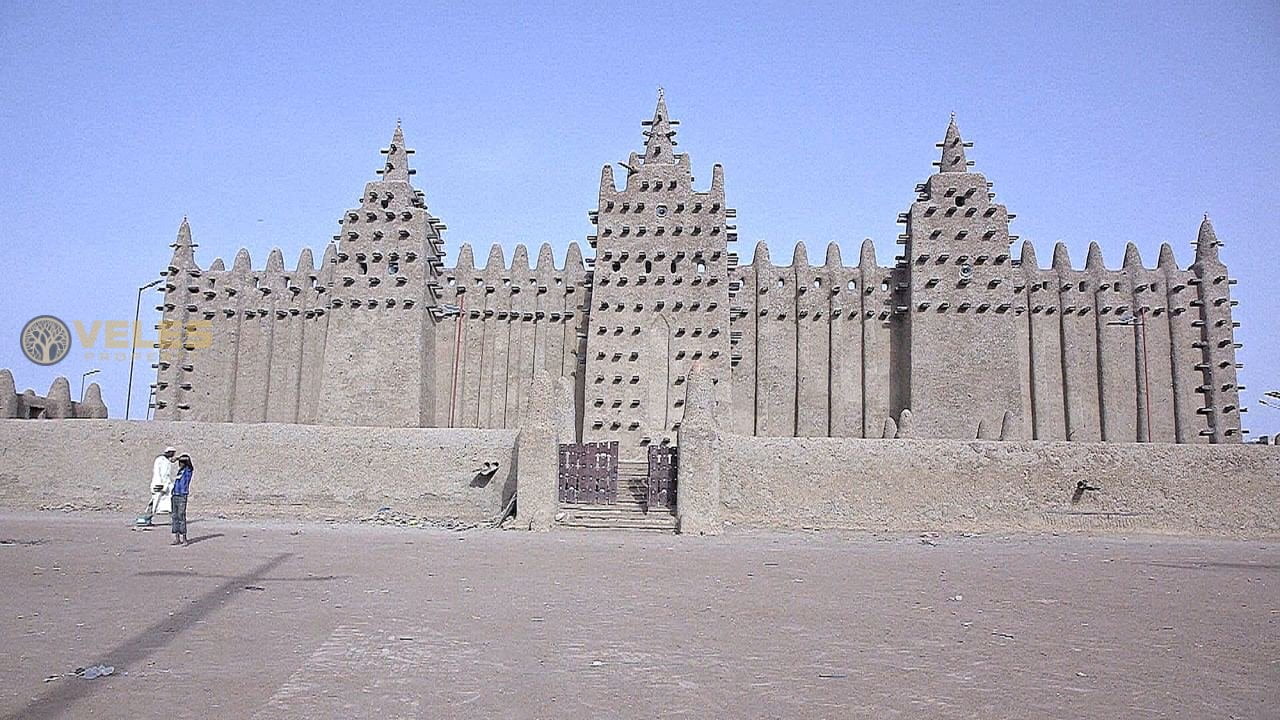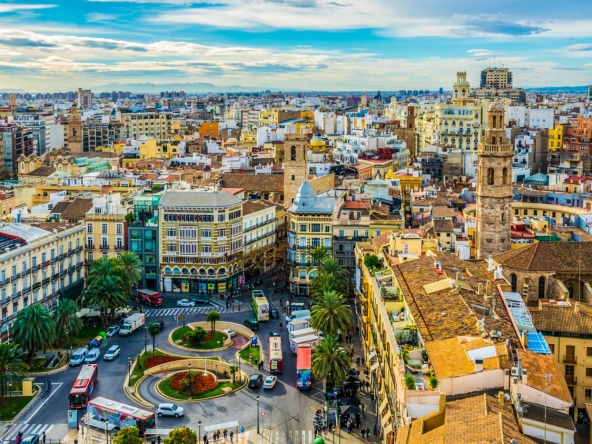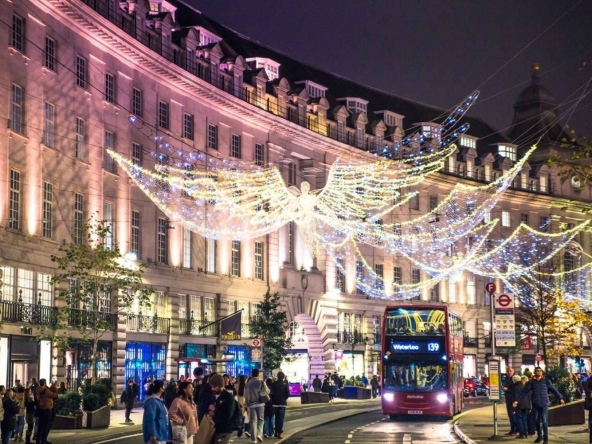The forgotten pearl of Africa. The city of Djenné in Mali is considered one of the oldest in the sub-Saharan region. Almost 2,000 traditional houses are still preserved in its old part.
Just ten years ago, Djenné received hundreds of thousands of tourists every year. But in recent years the place has been forgotten due to armed conflict with Islamist rebels.
Kola Bach used to make his living as a tour guide. But since 2012 it has not received any income from tourism.
Due to the conflict, in 2016 the Djenne Mosque was included in the UNESCO list of endangered sites.
The earth-colored structure is the largest mud brick building in the world. Every year before the start of the rainy season, a new layer of clay must be applied to it, otherwise it will collapse.
Here, women and men shared responsibility. The first bring water from a nearby river to mix with clay and rice husks. And the male half is already tiling the mosque.
There is a cultural mission in Djenne that tries to preserve the city’s ancient heritage. Its head says there are many problems, from lack of security to illegal excavations and poor waste disposal systems.
Despite the fact that Mali is one of the largest gold producers in Africa, the country is among the least developed in the world. Almost half of the 22 million Malians live below the poverty line. And since the tourism industry has all but disappeared, people have fewer and fewer ways to make a living.




